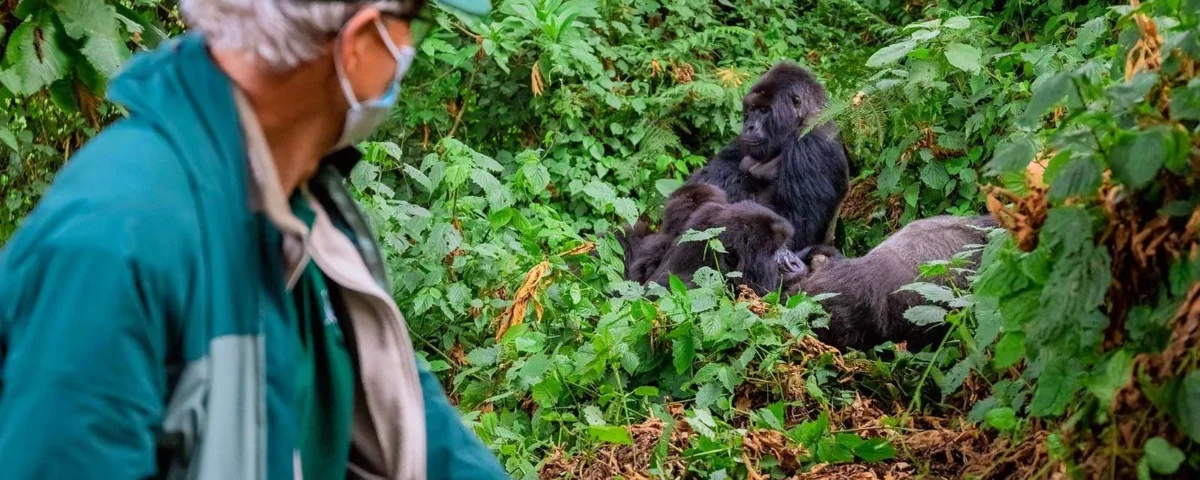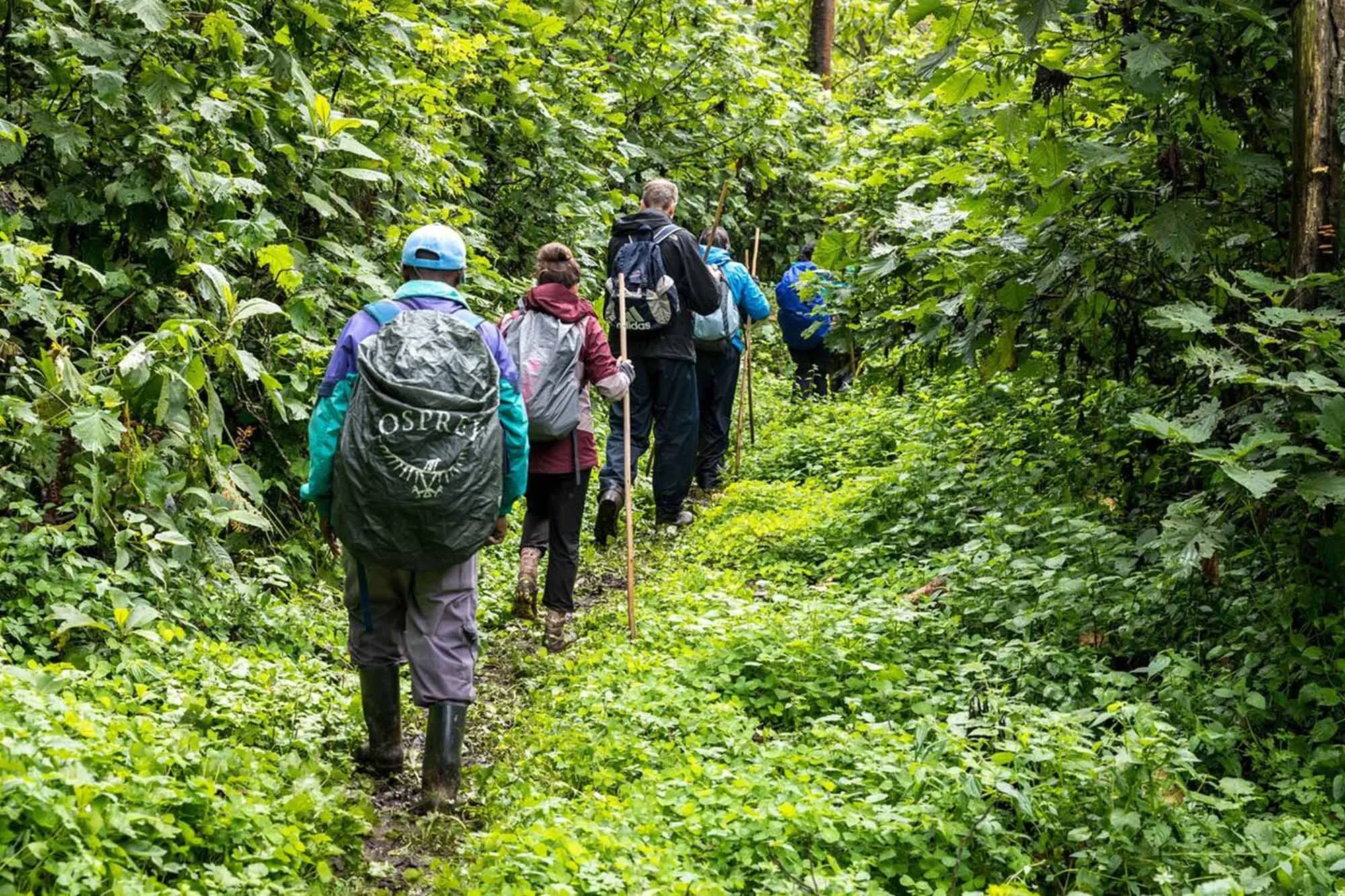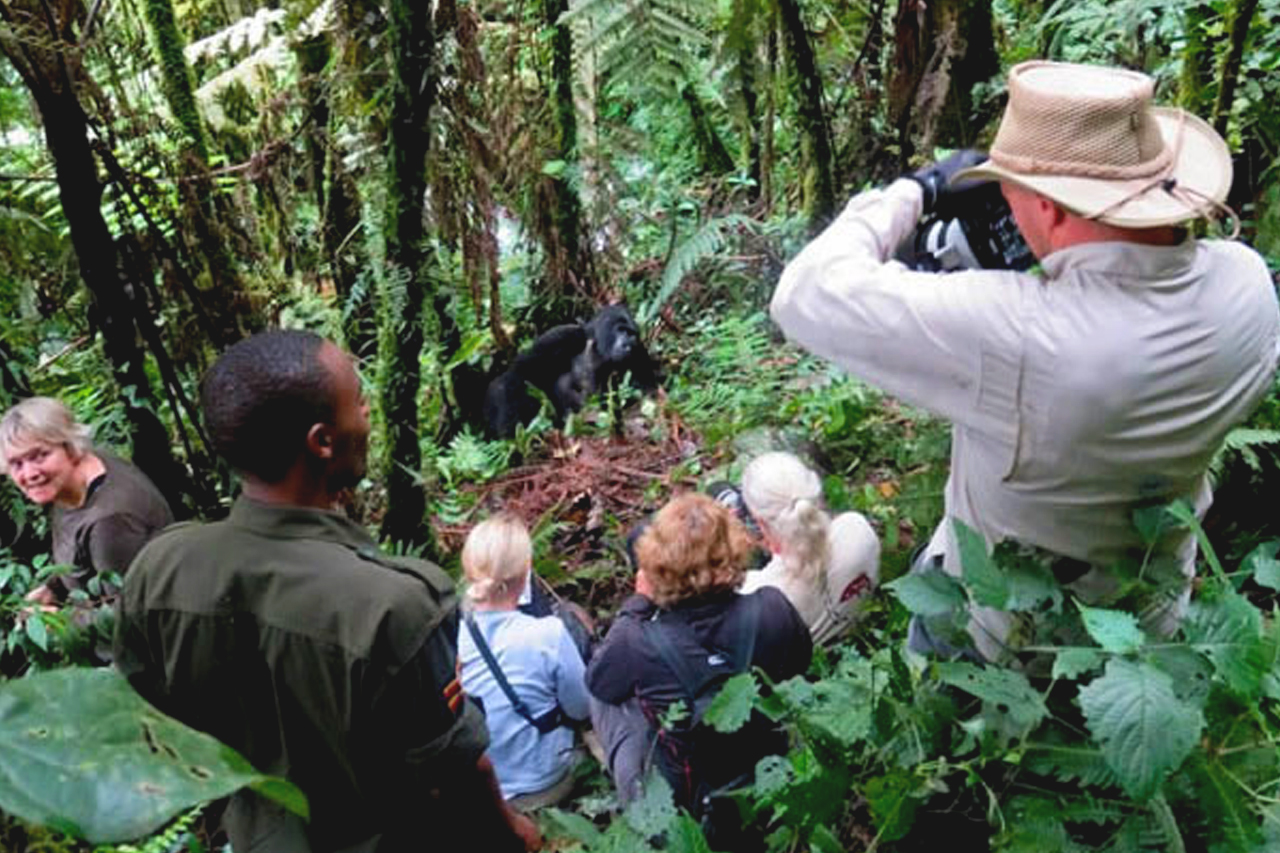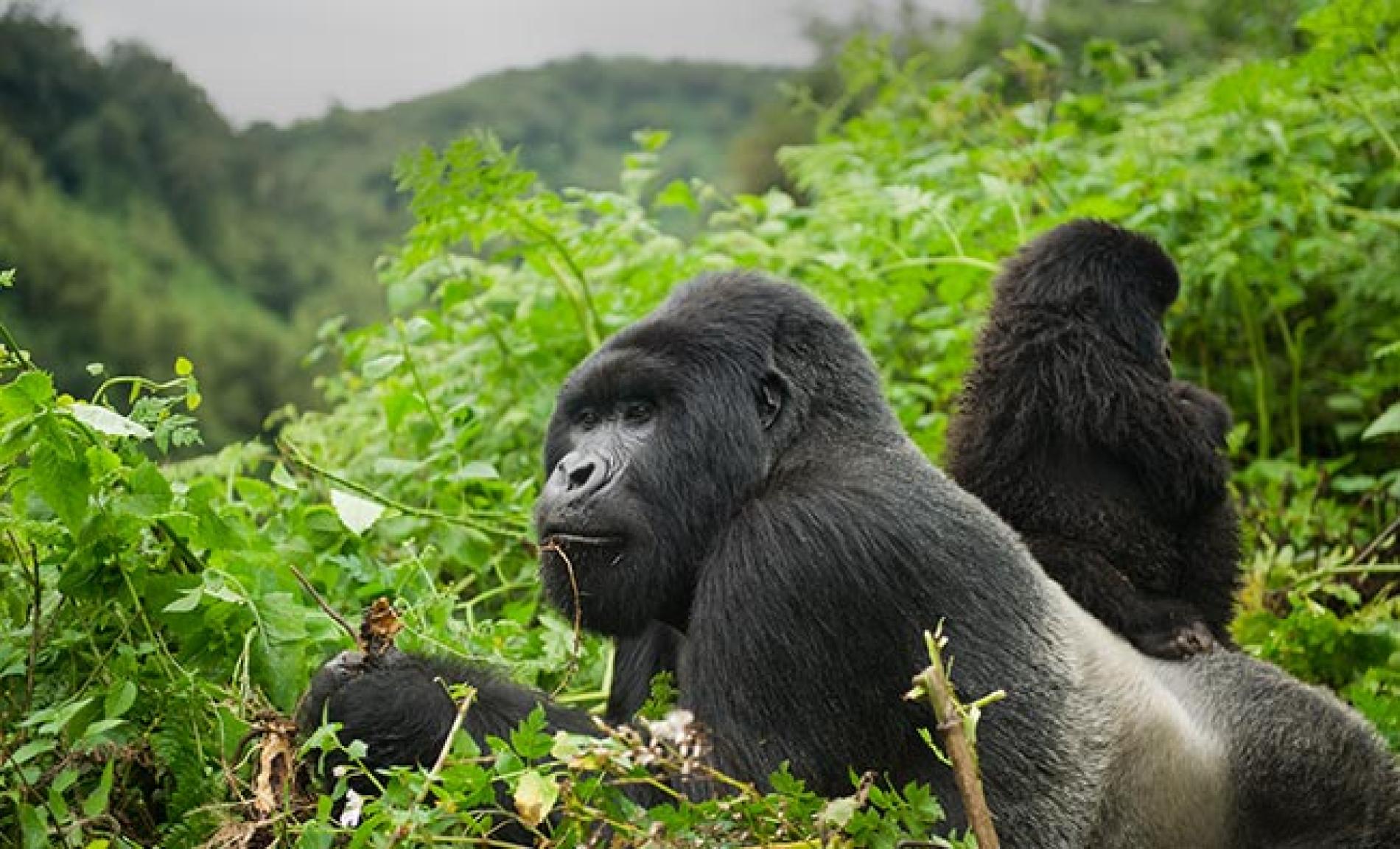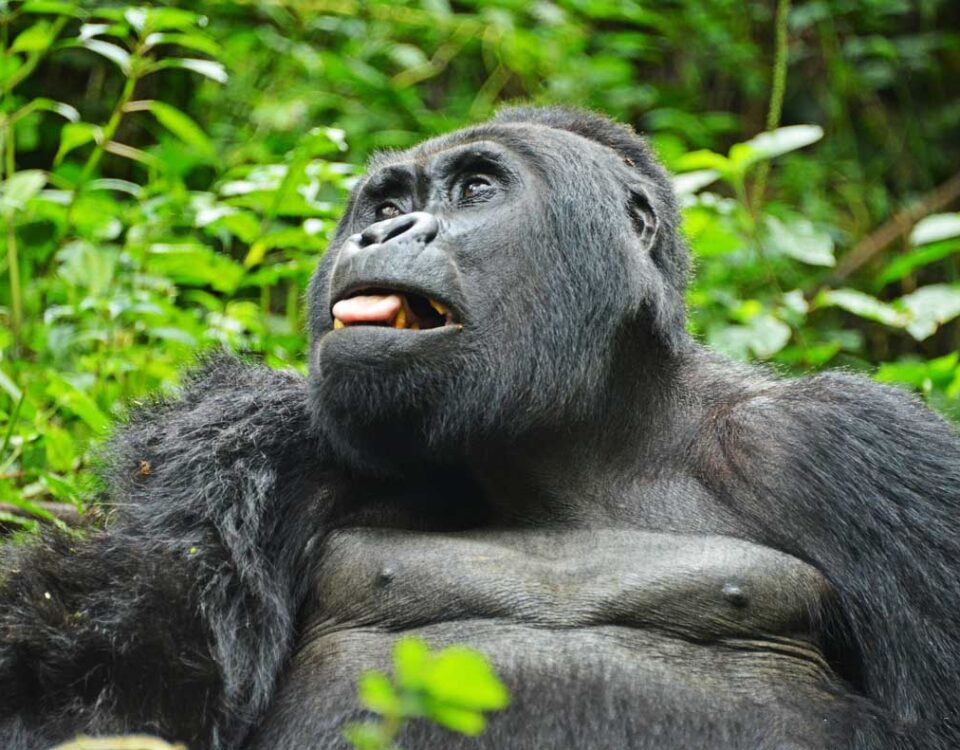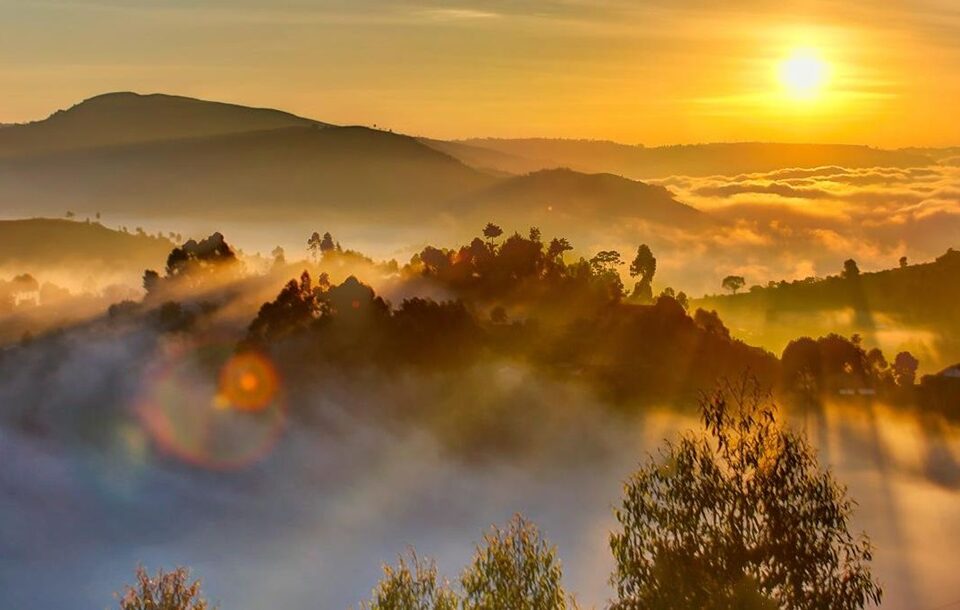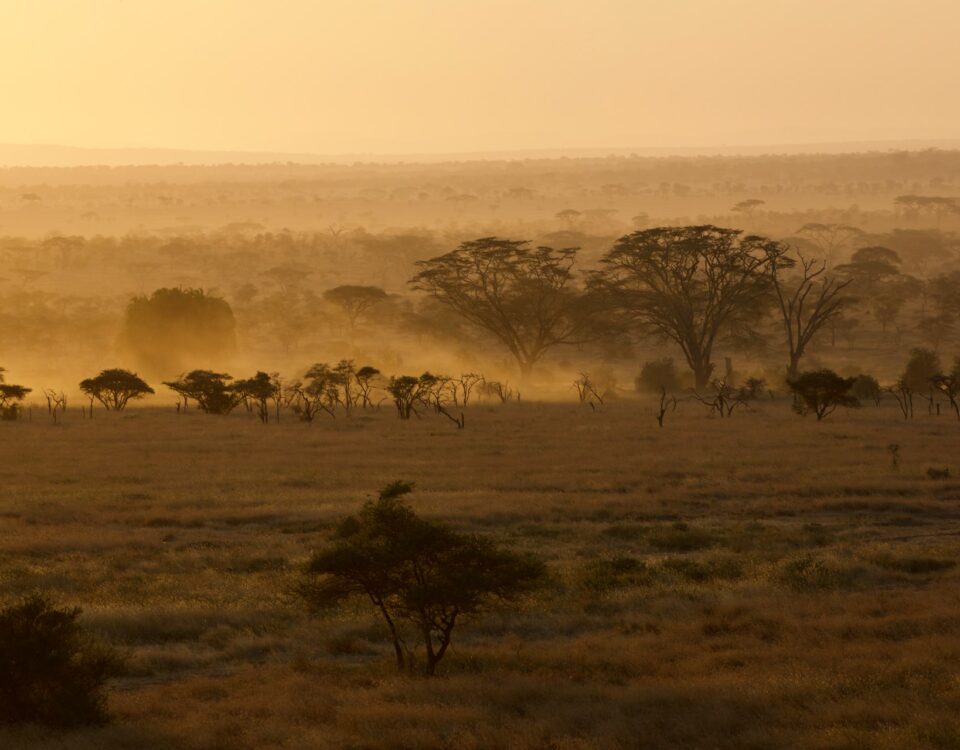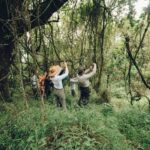
How Difficult is Gorilla Trekking in Uganda?
November 7, 2024Is Uganda Better Than Rwanda for Gorilla Trekking? An Expert Guide by Jackal Adventures Ltd
Gorilla trekking is a once-in-a-lifetime experience, offering an intimate and awe-inspiring encounter with one of the world’s most endangered species, the mountain gorilla. Uganda and Rwanda, two neighboring East African countries, are both renowned for their gorilla trekking opportunities, drawing thousands of travelers each year. However, the question remains: is Uganda better than Rwanda for gorilla trekking? This guide by Jackal Adventures Ltd explores the key factors that differentiate the two countries, helping you decide which destination offers the ultimate gorilla trekking experience.
Overview of Gorilla Trekking in Uganda and Rwanda
Both Uganda and Rwanda are home to the mountain gorilla, with each country offering unique trekking experiences. Uganda is home to the Bwindi Impenetrable National Park and Mgahinga Gorilla National Park, while Rwanda’s prime trekking destination is Volcanoes National Park. Each park offers distinct advantages, from terrain and accessibility to wildlife conservation efforts and the overall trekking experience. While both countries provide a chance to see the majestic mountain gorillas in their natural habitat, there are several factors that might influence your choice.
Accessibility and Travel Time
Uganda
Uganda’s gorilla trekking locations, particularly Bwindi Impenetrable National Park, are located in the southwest of the country, a considerable distance from the capital, Kampala. Traveling by road from Entebbe or Kampala to Bwindi can take 8 to 10 hours, which may seem like a long journey for many travelers. However, for those with limited time, domestic flights are available to the nearby airstrips in Kisoro or Kihihi, reducing travel time to approximately 1 hour.
While the road journey can be time-consuming, it offers travelers a chance to witness Uganda’s diverse landscapes, from lush rainforests to expansive savannas. Many travelers enjoy the opportunity to take in the scenic beauty of the countryside, making the journey itself a part of the adventure.
Rwanda
In comparison, Rwanda is a smaller country, and its Volcanoes National Park is much more accessible. The park is located just 2 to 3 hours from the capital, Kigali, by road. The proximity of Volcanoes National Park to Rwanda’s international airport makes it a more convenient option for travelers with limited time. Many travelers find that Rwanda offers a smoother, less time-consuming journey, especially if they are staying in Kigali.
The convenience of Rwanda’s shorter travel time can be a significant advantage for those seeking to maximize their time spent trekking and exploring, as the overall trip requires less logistical effort.
| Country | Trekking Location | Travel Time from Capital | Access to Airstrips |
| Uganda | Bwindi Impenetrable NP, Mgahinga NP | 8-10 hours by road | Domestic flights to Kisoro, Kihihi |
| Rwanda | Volcanoes National Park | 2-3 hours by road | Kigali International Airport |
Gorilla Trekking Experience and Terrain
Uganda
Gorilla trekking in Uganda, particularly in Bwindi Impenetrable National Park, is known for its challenging and rewarding terrain. Bwindi is characterized by dense rainforests, steep slopes, and rugged trails, making the treks physically demanding. Depending on the location of the gorilla family, trekkers may have to hike for several hours through the thick jungle to find the gorillas. While this can be physically demanding, it also offers an exhilarating adventure for experienced trekkers.
The dense jungle setting provides a more immersive wildlife experience, where trekkers are surrounded by the sights and sounds of the forest. The rewarding moments of encountering a family of mountain gorillas in such a raw, untamed environment make the effort worthwhile.
Rwanda
Rwanda’s Volcanoes National Park offers a different trekking experience. The terrain in Volcanoes is less rugged compared to Uganda, with hiking paths that are often more manageable for beginners or those looking for a less physically demanding trek. However, trekkers still face challenges in navigating the volcanic slopes and thick vegetation. The hikes can be strenuous, but they are often shorter in duration than those in Bwindi.
Rwanda’s trekking experience tends to be a bit more accessible for travelers who are looking for a moderate trek with well-established trails. The park’s proximity to the gorillas also means that trekkers often encounter them relatively quickly.
Gorilla Population and Viewing Opportunities
Uganda
Uganda is home to more than half of the world’s mountain gorillas, with Bwindi Impenetrable National Park alone housing about 459 individuals. Bwindi is divided into four sectors: Rushaga, Nkuringo, Buhoma, and Ruhija, each hosting different gorilla families. The diversity and number of gorilla families in Uganda provide trekkers with a higher chance of a memorable encounter. Additionally, Uganda allows for more flexibility in trekking, with the opportunity to trek different families in different sectors on successive days, increasing your chances of seeing the gorillas in various habitats.
Uganda also offers the chance to trek to the Mgahinga Gorilla National Park, a smaller park with a more exclusive, less-crowded trekking experience. The park’s location at the foot of the Virunga Mountains, on the border with Rwanda and the Democratic Republic of Congo, also adds to its appeal.
Rwanda
Rwanda’s Volcanoes National Park is home to about 360 mountain gorillas, making it the second-largest population in the world. The park is also home to several habituated gorilla families, and while it is a popular trekking destination, the number of trekking permits available is more limited compared to Uganda. The trekking experience in Rwanda is often more controlled, and the park has an efficient system in place to manage the flow of tourists to the different gorilla families.
Rwanda’s advantage lies in the concentration of gorillas in a smaller area, meaning the trek to find them is often shorter than in Uganda. The limited number of trekking permits can also mean a more exclusive, less crowded experience. However, the overall number of gorillas in Rwanda is lower than in Uganda, which might influence a traveler’s decision depending on their preferences.
Cost of Gorilla Trekking
Gorilla trekking is a premium experience in both Uganda and Rwanda, and the cost can significantly impact your decision.
Uganda
As of recent years, the cost of a single gorilla trekking permit in Uganda is USD 800 for foreign non-residents and USD 700 for foreign residents. This makes Uganda the more affordable option compared to Rwanda. The lower cost of permits can make a substantial difference, especially for families or groups who wish to experience gorilla trekking on a budget.
Rwanda
In contrast, Rwanda’s gorilla trekking permits are priced at USD 1,500 per person, making it one of the more expensive destinations for gorilla trekking. While the higher cost reflects the exclusive experience and the more controlled trekking environment, it can be a deterrent for travelers with limited budgets.
Conservation Efforts and Support for Local Communities
Uganda
Uganda has made significant strides in conserving its gorilla population. The country’s efforts to protect the mountain gorillas have been supported by both governmental and non-governmental organizations. Uganda has focused on community-based conservation programs that involve local communities in eco-tourism initiatives, benefiting both the environment and local economies. The tourism fees from gorilla trekking contribute directly to conservation efforts and community development, ensuring that the benefits of tourism are widely shared.
Rwanda
Rwanda is also at the forefront of gorilla conservation, with a robust system in place to protect the endangered species. The Rwanda Development Board (RDB) has implemented a comprehensive approach to gorilla conservation, which includes habitat protection, anti-poaching measures, and community-based initiatives. The country’s success in conserving mountain gorillas has been a model for other countries, and the tourism fees from gorilla trekking contribute significantly to Rwanda’s conservation efforts and national parks.
Is Uganda Better Than Rwanda for Gorilla Trekking?
Both Uganda and Rwanda offer exceptional opportunities for gorilla trekking, and each country has its own unique appeal. Uganda is the better choice for those seeking a more immersive and diverse experience, with multiple trekking options, more gorilla families, and the chance to explore different national parks. The affordability of permits and the challenge of trekking through Uganda’s dense forests make it ideal for adventurous travelers.
On the other hand, Rwanda offers a more accessible, convenient, and exclusive experience. The shorter travel time, well-maintained trekking paths, and higher chance of encountering gorillas quickly make it an excellent option for those with limited time or those looking for a less physically demanding trek.
Ultimately, the decision depends on your priorities. Whether you choose Uganda or Rwanda, both countries offer a life-changing experience and the rare opportunity to witness mountain gorillas in their natural habitat. At Jackal Adventures Ltd, we tailor gorilla trekking itineraries to meet your needs, ensuring that you have an unforgettable adventure in the heart of Africa.


